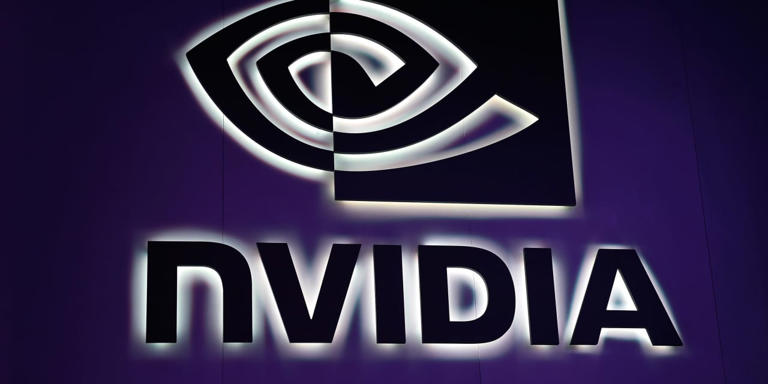On Thursday, trading activity in Nvidia Corp. options surged significantly, particularly in put options, amid the company’s stock experiencing notable volatility ahead of a record-setting “triple witching” expiration. Triple witching refers to the simultaneous expiration of stock options, stock index futures, and stock index options, an event that often leads to increased trading volume and heightened market volatility.
Put options with strike prices of $135 and $130, which expire on Friday, saw the largest increases in volume, with 365,000 and 250,000 contracts traded, respectively, according to FactSet data. This spike in activity resulted in the ratio of put options to call options for Nvidia rising to 0.70 from 0.58 on Tuesday, signaling a growing bearish sentiment among traders.
The surge in options trading came as Nvidia’s stock price fluctuated widely, swinging more than 6% from its peak to its trough during the trading session. Shares of the chip designer briefly topped $140 on Thursday morning, marking a significant technical milestone by trading at more than double their 200-day moving average for the first time in 2024. According to FactSet data, the 200-day moving average for Nvidia was around $69 on Thursday. Historical data from Dow Jones Market Data shows that Nvidia shares have typically traded higher one month after such milestones 62.3% of the time.
Technical strategists pointed out a bearish pattern in Nvidia’s price chart known as a “bearish engulfing.” This pattern occurs when a large red price candle follows a series of smaller green candles, indicating potential reversal signals. Raymond James’s David Cox highlighted this pattern as a potential indicator of near-term weakness in Nvidia’s stock price.
Nvidia’s shares ended the day 3.5% lower at $130.78, following an earlier rise of more than 3%. This 6%-plus intraday swing represented the company’s largest intraday drop in market capitalization on record, with nearly $246 billion lost over the course of trading on Thursday. Despite this recent volatility, Nvidia’s stock has seen substantial gains in 2024, with shares up 164% year-to-date.
The upcoming Friday trading session is expected to be particularly active due to the triple witching expiration. Additionally, the Technology Select Sector SPDR ETF is scheduled for a rebalance, which could see it purchasing approximately $10 billion worth of Nvidia shares while selling about $11 billion of Apple Inc. stock, based on estimates from Bloomberg Intelligence analysts.
Steve Sosnick, chief strategist at Interactive Brokers and a former Salomon Brothers equity trader, expressed concerns about the market’s current state, noting that Nvidia and a few other megacap stocks have driven most of the gains for the S&P 500 and the Nasdaq Composite during the second quarter. Sosnick emphasized that while a 2% decline on a given day doesn’t necessarily signal the end of a trade, it reflects underlying market anxieties.
The broader context for Nvidia’s recent performance includes the ongoing bullish and bearish dynamics in the cryptocurrency and tech sectors. Bernstein analysts have projected that Bitcoin’s price could reach $200,000 by 2025 and $1 million by 2033, driven by high inflows into spot US Bitcoin exchange-traded funds (ETFs) approved in January 2024. These projections come amid a market where bulls and bears are grappling to determine the crypto market’s direction, influencing tech stocks like Nvidia, which are closely linked to the performance and adoption of digital currencies and blockchain technology.
In conclusion, Nvidia’s recent surge in options trading and significant stock price fluctuations ahead of a major expiration event reflect both technical patterns and broader market dynamics. The implications for future trading sessions are considerable, with market participants closely monitoring these developments to gauge potential impacts on their portfolios and the overall market trajectory.
